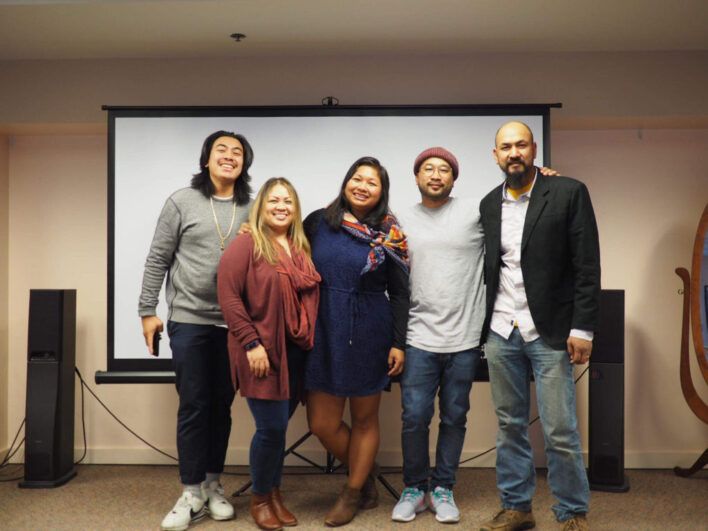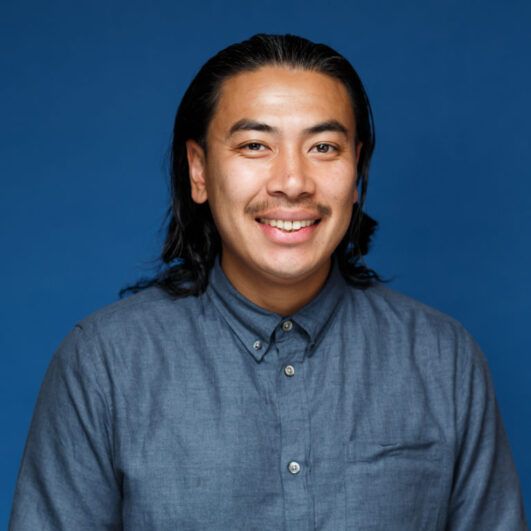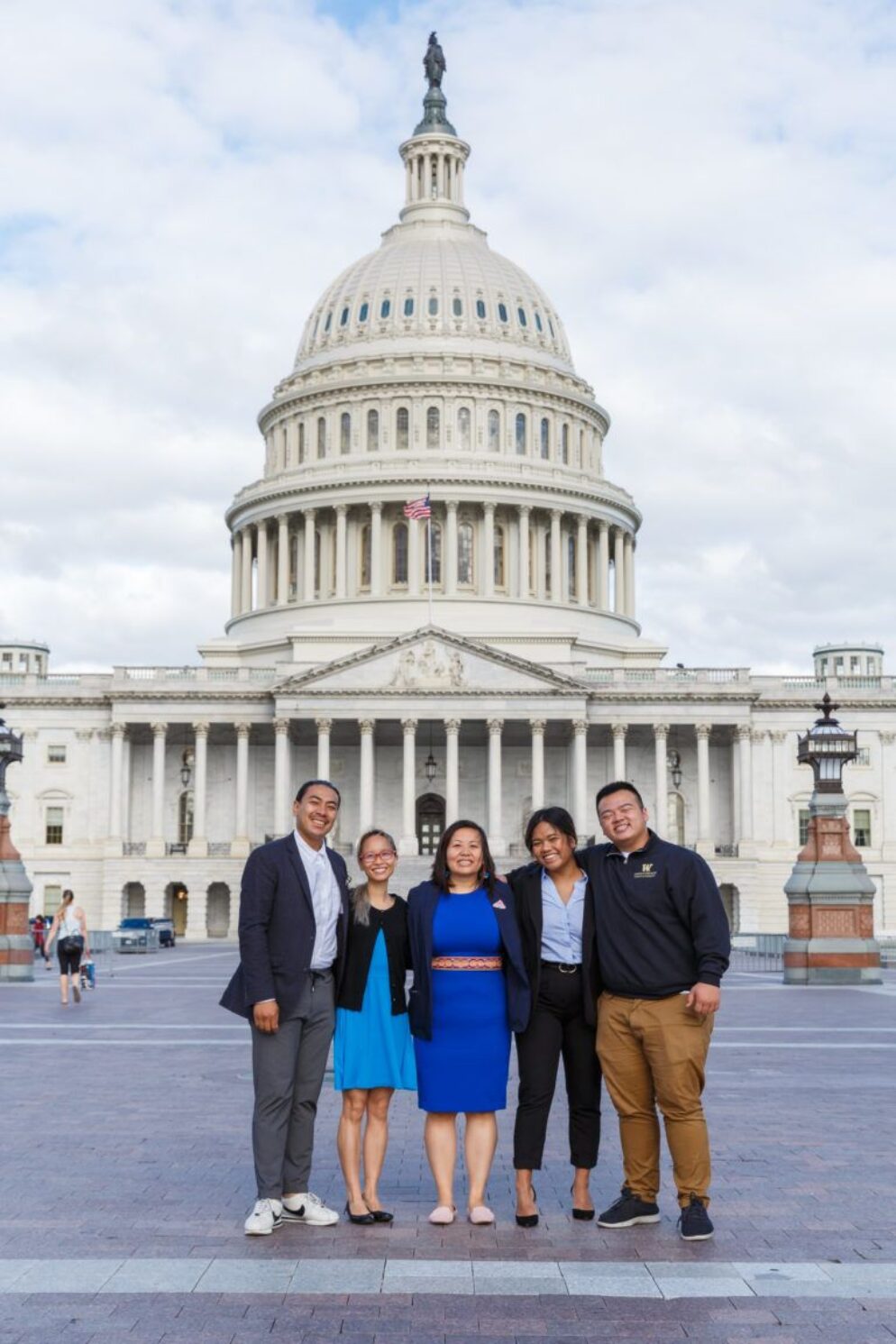Sometimes I feel like I’m in this bubble. Like, the way I think, generally, about politics or community work or what helping another person means is the center. And the people around me, the people that I spend day after day in work, help pad that type of thought. And the rest of the country might be different. Sometimes by a bit. Sometimes wildly. On thought. On policy. And I wonder sometimes, what are their experiences? What type of obstacles, confrontations, and struggles have they endured? And what type of kinship do they have, what type of bread have they broken with others, and what type of love letters have they received? What’s the difference?
A few years ago, I came to a fork in the road and, instead of picking a path with concrete laid, I took a left and decided to take the one unbeaten, as it related to my life’s journey up until then. I had been in the corporate world for some time and, when that ended, it presented me with a blank slate of possibilities. Not entirely designed but with a bit of intention, I began immersing myself with community-oriented folks that were doing work on all types of levels, working to build platforms and spaces for people that needed it.
As days turned into weeks, and weeks transformed into months with these folks, I started to learn acronyms like “POC” and to introduce myself with my pronouns. Sooner or later, I saw that everyone from the most grass-rooted organizer all the way to the State Capitol spoke this language and lived in this world with this culture — some that I had already in me but much of which I was still learning and discovering.
I got to know great, hungry people, strengthened bonds with some I knew on the here and there, and got to witness a lot of good work.
At some point on this journey, I thought to myself, is it this way in some other geographical location? Does someone on the East Coast think like me? What differences do they have?
And that is what brought me to LAT. This yearning to see what was outside the bubble. My bubble.
I think the successes we had were based on years of experience and institutional knowledge shared amongst different parts of the Khmer diaspora, and I was eager to meet some of these people that had blazed the trail on a national level.
By the time I set off to DC for LAT 2019, I had the honor of some chest-deep organizing for community members affected by deportation. In the fall of 2018, Sina Sam and Many Uch led a community intervention to inform and coalesce resources to help folks from a summer raid by ICE.
Out of that meeting formed the Khmer Anti-deportation Advocacy Group of Washington (KhAAG). In hindsight, I feel like Sina and Many masterminded a community Voltron to take this work to the next level. Savong Lam and Silong Chhun joined in, each of us bringing our own unique skill sets.

By December, we had our hands in helping several Seattle-Tacoma area community members gain their freedom. I had the honor of helping put together a press strategy to get our message out to the public at large, putting out op-eds, and even helping affected family members get a platform to tell their story on the local news.
Not long after, Gov. Inslee pardoned one of the detained folks, mere days before he was set to board a flight to Cambodia.
I think the successes we had were based on years of experience and institutional knowledge shared amongst different parts of the Khmer diaspora, and I was eager to meet some of these people that had blazed the trail on a national level.
I was part of the immigration track of LAT 2019. I honestly didn’t know what to expect or how things would roll. But I knew I needed to connect with folks that I had read of from afar and/or heard of. And honestly, it was that and more.
You read about different campaigns here and there on social media, in different places and in some ways they connect with you and in some ways they feel so far removed.
What was dope was that some of the immigration track members were the directly affected folks in the stories I had followed. And hearing their stories first hand was moving. And seeing that they were trying to use their freedom to free others was inspiring.
And while the immigration track was made up of people from all over the country, I realized even more so that the diaspora shared more similarities than differences and that the struggle we all went through in our own spaces far from each other gave us much more in common and that it made our story uniquely American.
On the final day of LAT, we set out like infantry, fanning out through Capitol Hill, intent on executing the strategy that we had spent the last couple days working on.
Of the many offices my team and I visited, I got to lead the connection with Congressman Adam Smith of the 9th Congressional District of Washington.
To be honest, I had the easy work because Congressman Smith was already supportive of the issues we raised — he had supported and specifically co-authored some legislation around immigrant and refugee rights meant to deal with ICE.
We had a great conversation with his office, and they invited me to connect with the local office once I returned home.
That didn’t take long.
At around the same time, there was a community member whose case was sitting without any movement at the Bureau of Immigration Appeals, waiting to be reviewed with hopes that his order of removal would be reversed. This community member was just days away from being put on a plane to Cambodia.
KhAAG rallied, with the help of other community resources, in reaching out and flooding lawmakers’ inboxes and voicemails in the hopes hopes that they would intervene.
I decided to reach back out to Congressman Smith’s office, and they responded that they’d look into it.
The next day, I found out that this person was put on a plane toward the staging area in Texas for the final flight to Cambodia. As this was happening, there was finally movement on their case. Once they landed, they weren’t put on the plane to Cambodia. Instead, they were turned around for a flight back to Seattle. That person is free today.
Now, I don’t know if any of the work we did or I did directly helped. But I felt like it did. And I felt like me showing up at the Congressman’s office just a couple days before had helped. I’ll just say it did.
LAT 2019 was a difference.

Bunthay participated in this year’s LAT program on the immigration track. To help SEARAC continue to support powerful advocates like Bunthay, please consider contributing to our “$40 for 40 Years” fundraising campaign here.

